An expert’s view
Angus Moss, director, E-Conic: “I’ve loved the E-Type ever since I saw my first in 1962. In 1976 I bought one to restore for £300. Forward to 2014 and, having said farewell to my career in IT, at the age of 61 I opened E-Conic, an E-Type restoration business. The prices of sought-after Series 1s are now out of reach of most people. I’m fortunate in owning a 1965 S1 4.2 drophead and a 1966 4.2 coupé. The Series 2s are a more affordable alternative. They drive the same as the S1 and the view down the bonnet is the same, but the improved seats, ventilation and lights make them much more usable.”
Buyer beware…
■ Engine: Six-cylinder engines are tough but look for a blown head gasket, listen for rattles and watch for smoke from cold. Once it’s warm, check the fan cuts in. Lumpy running may be worn carb diaphragms. On V12s check the quality of the coolant and the condition of the hoses, and that for warped cylinder heads. Healthy pressures for both engines are around 45psi. Fuel pumps and ignition systems are weak spots but there are modern replacements, as for the alternator and radiator.
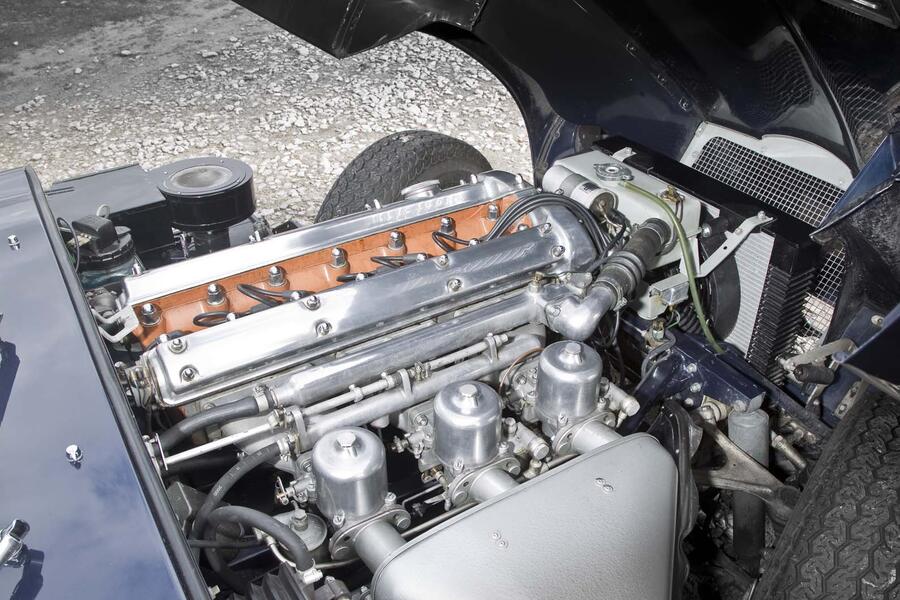
■ Gearbox: Check for gears jumping and crashing (the original, occasionally obstructive Moss ’box has no synchro on first but its successor, the Jaguar four-speed, is all synchromesh). On autos, check for slurring or leaking fluid. Feel for clutch slip (replacement means removal of the bonnet, engine and gearbox). Listen for the diff whining.
■ Steering, suspension and brakes: Check for play in the rack-and-pinion steering, and for a wallowy ride (both should feel tight). Listen for creaks from the rear, suggesting corroded lower hub pivots. Inspect rear brakes for oil contamination from the diff. Check the handbrake hasn’t seized.
■ Body: If it’s not an obvious rust bucket (the seams, front valance, door bottoms, engine supports, rear wings and floor can suffer), pass a magnet over the body to identify filler. Check all panel gaps are even.
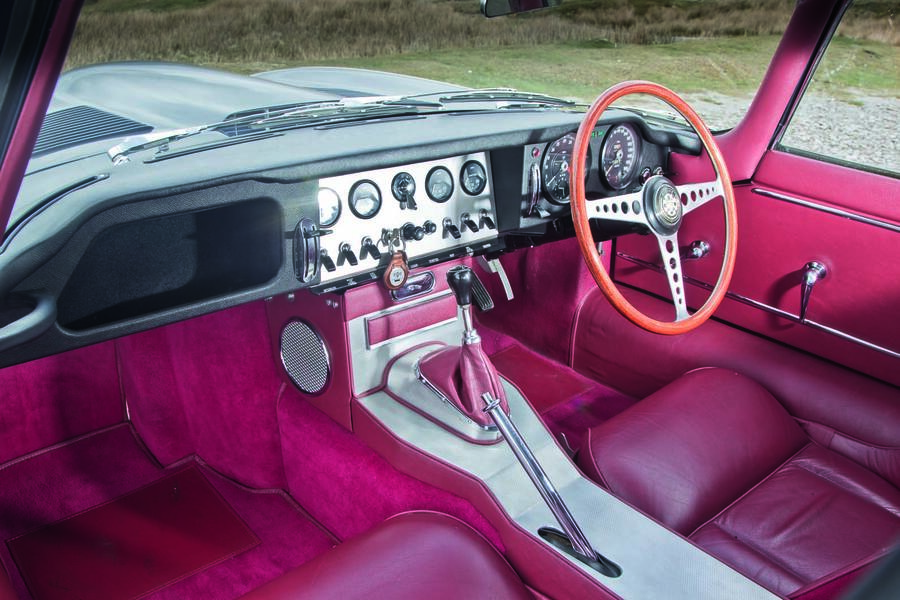


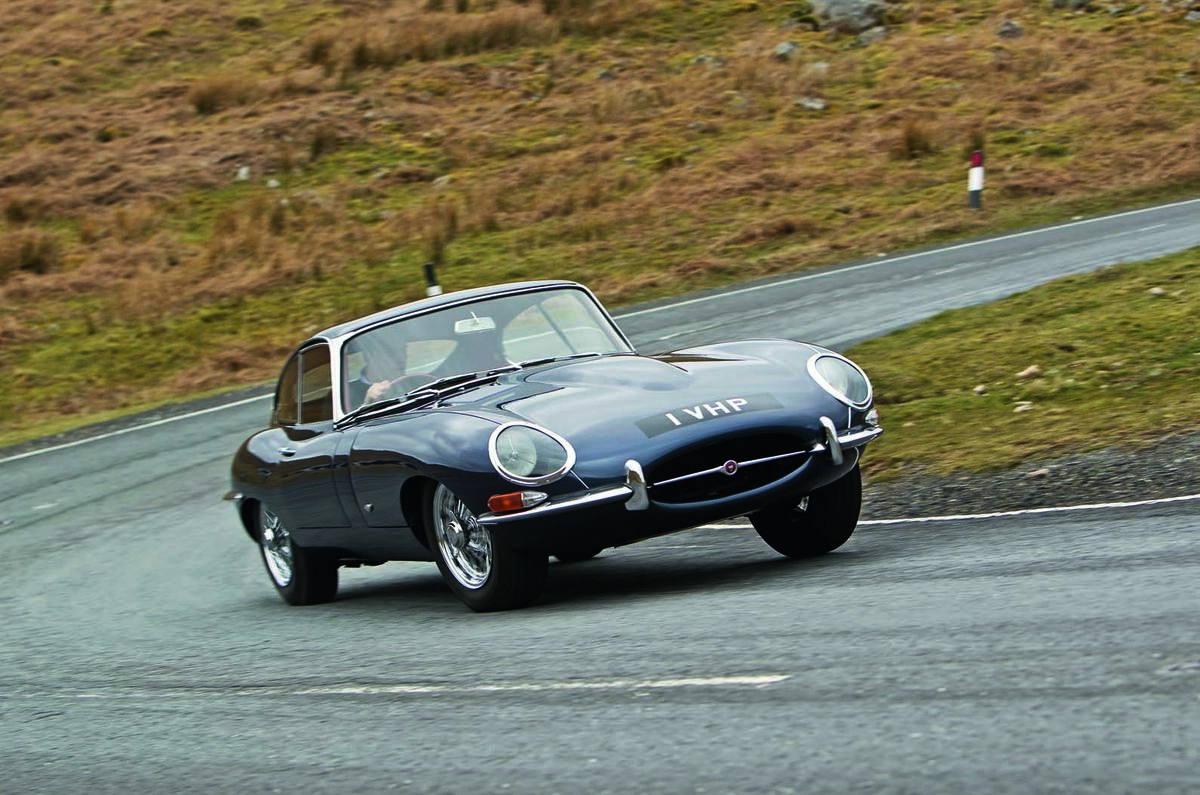
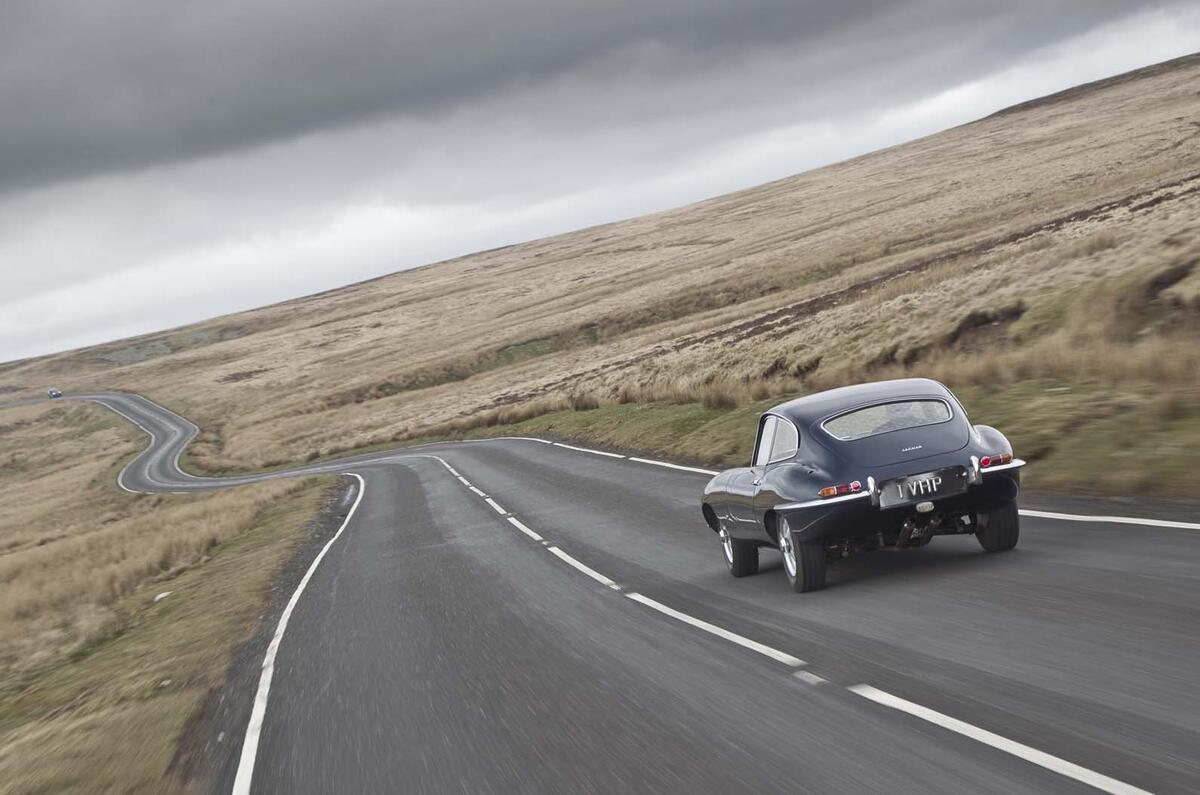
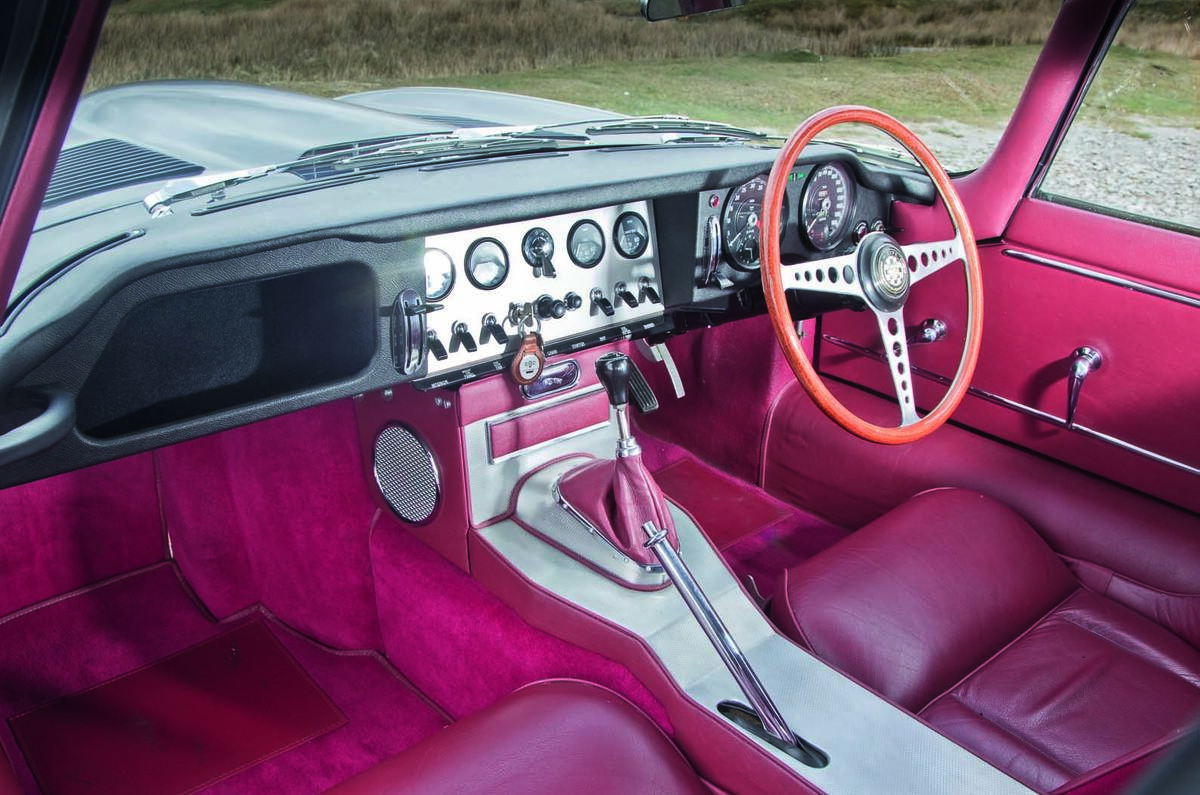
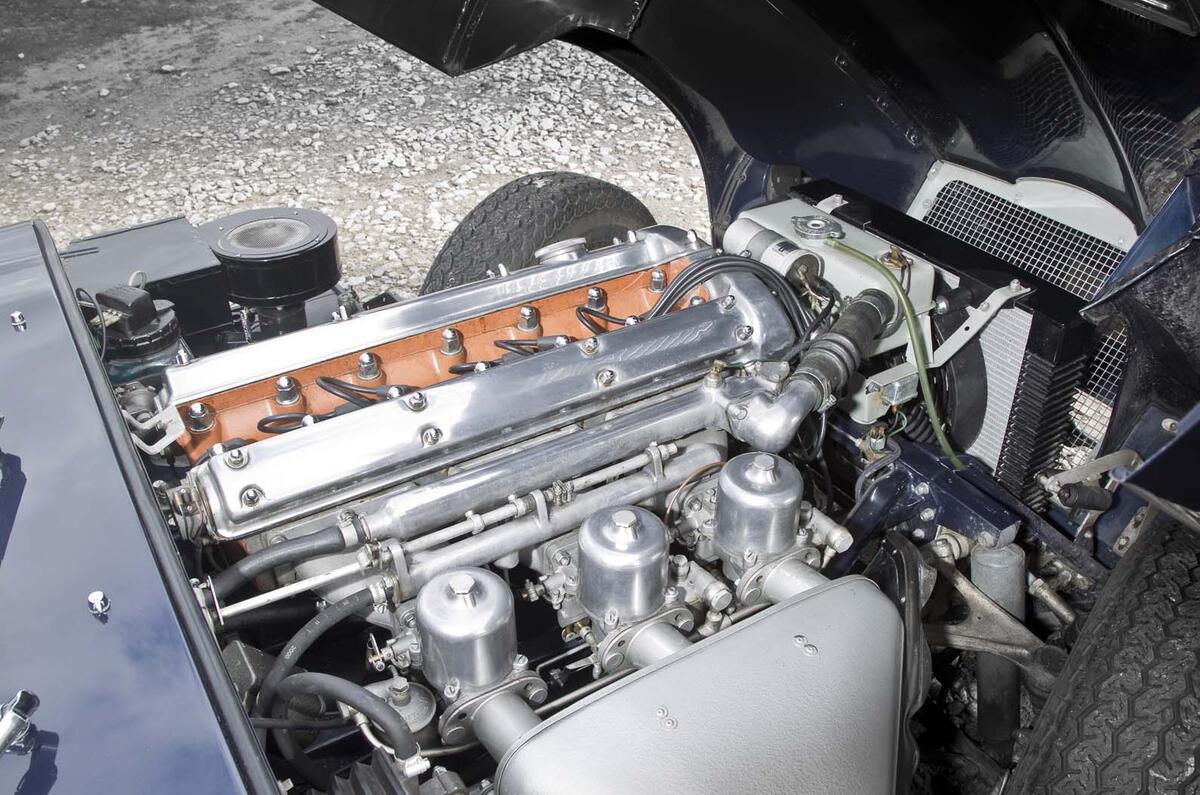
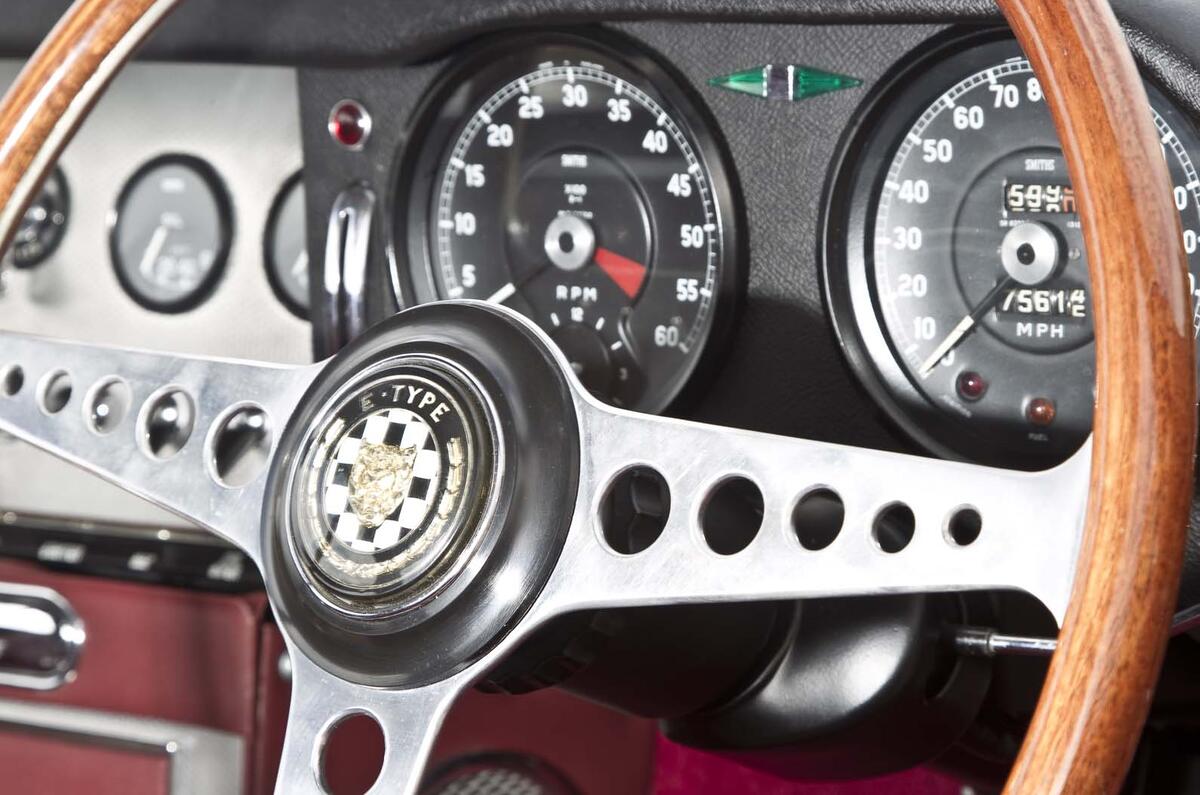
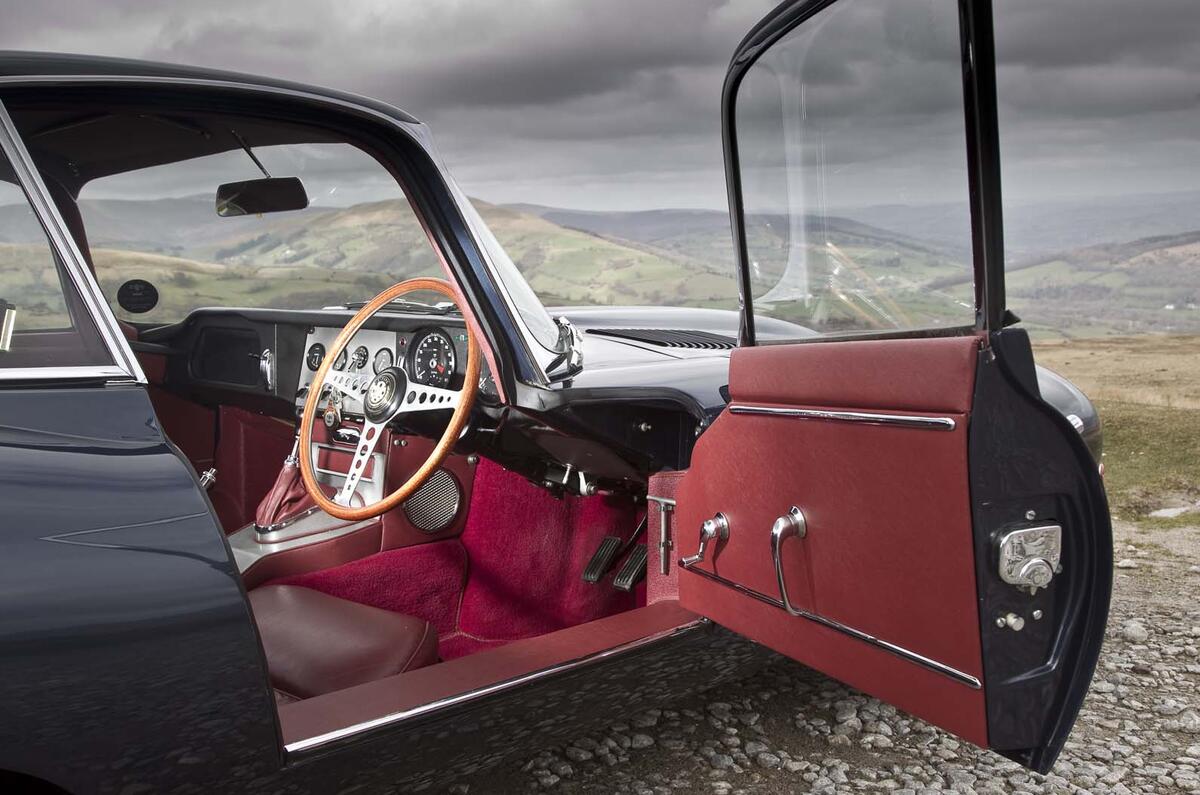
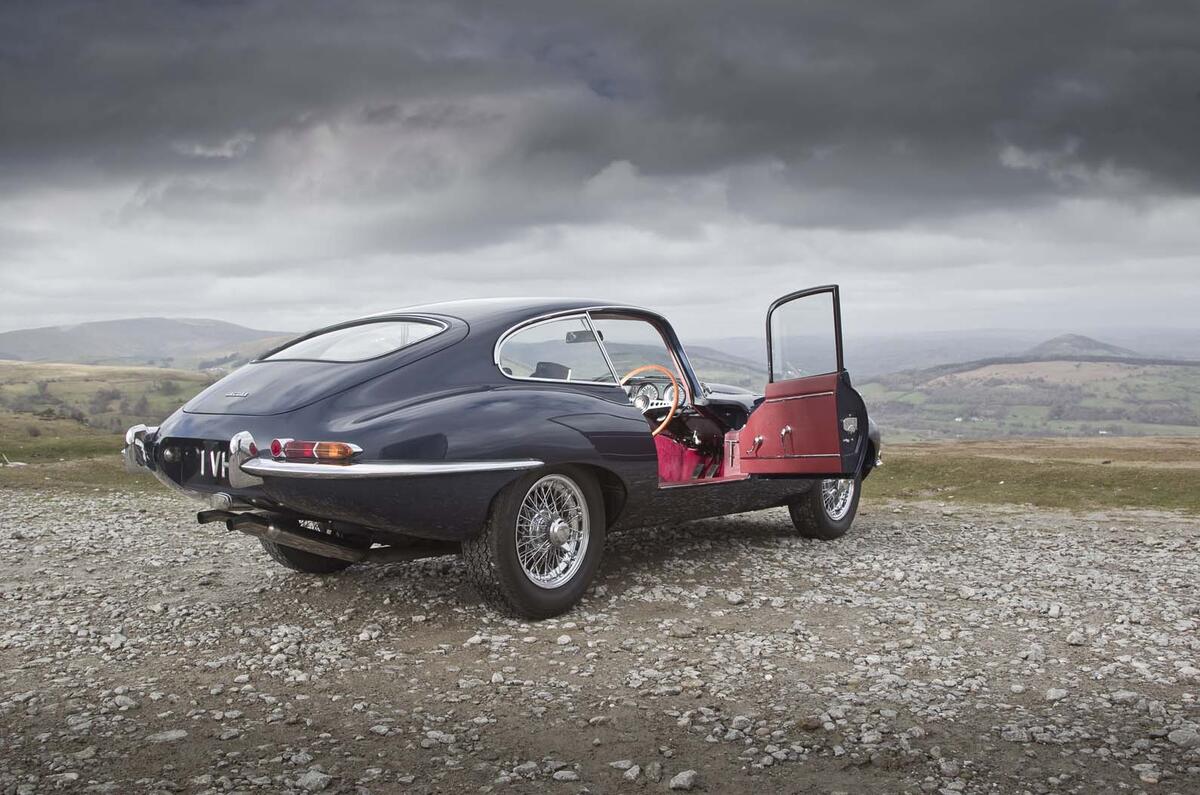
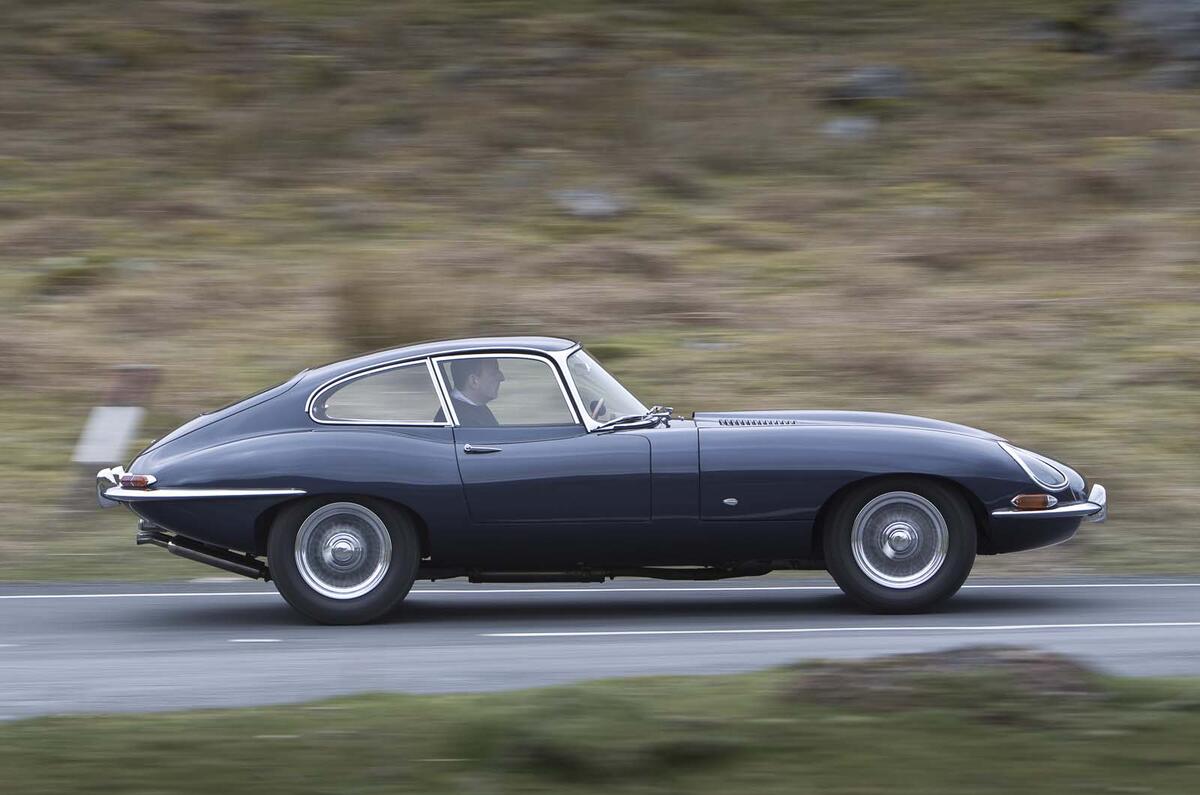
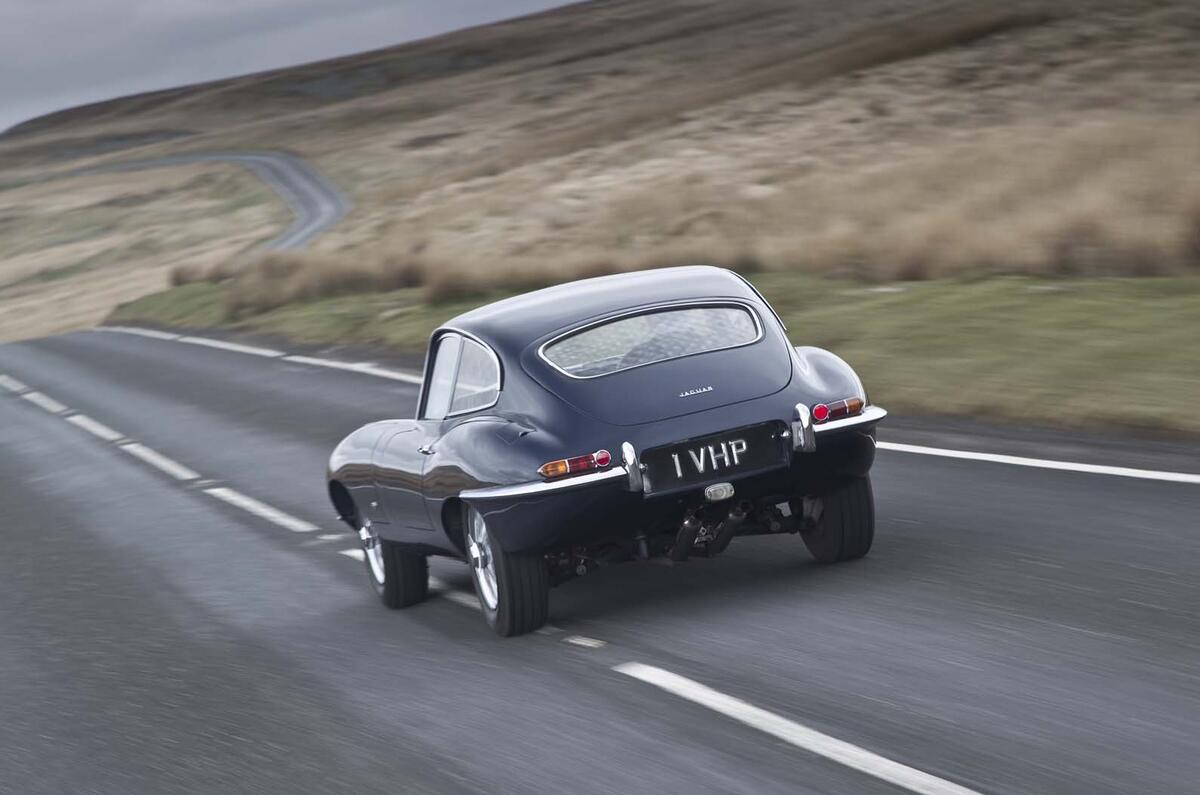




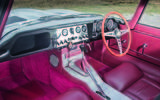
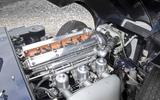
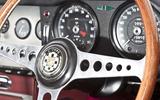
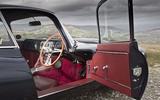


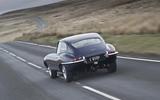



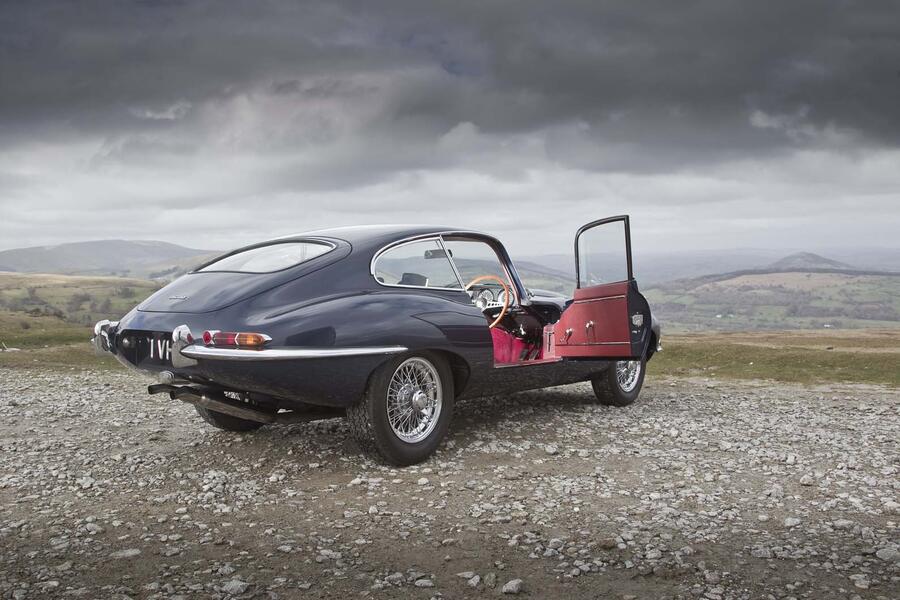



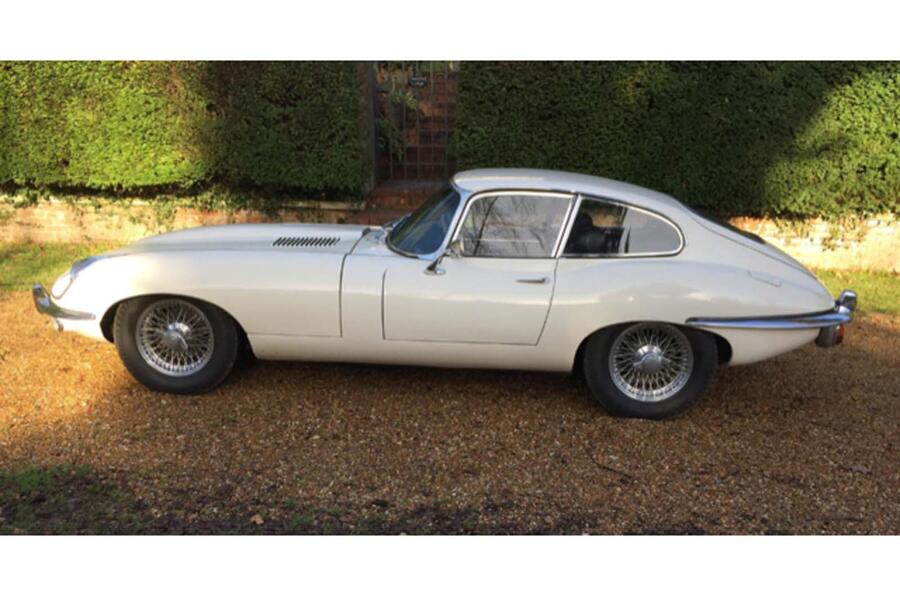
Add your comment